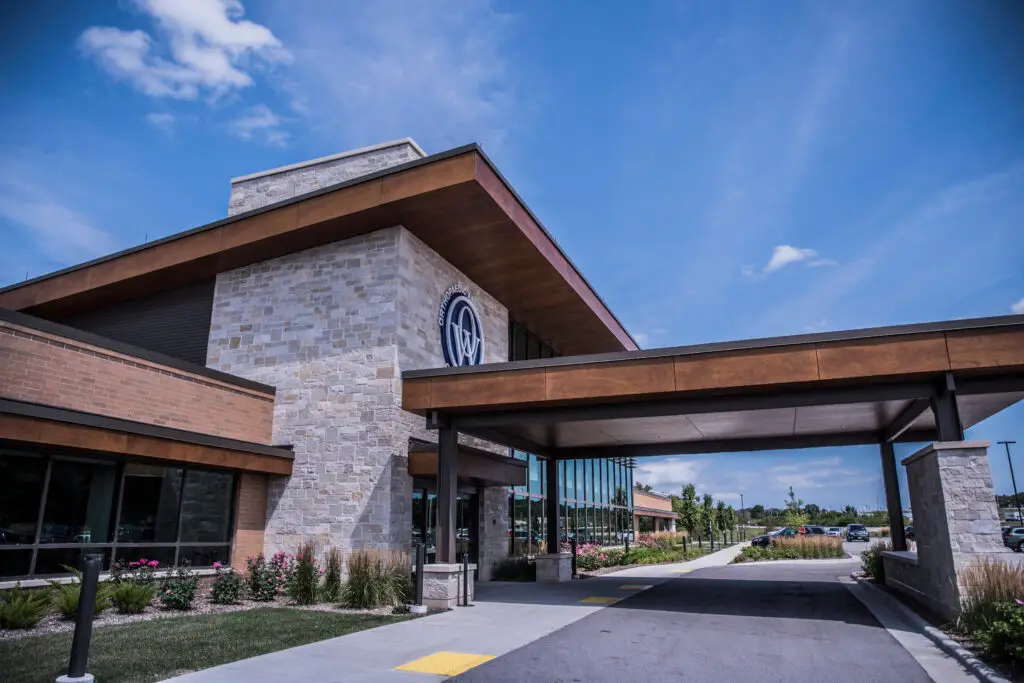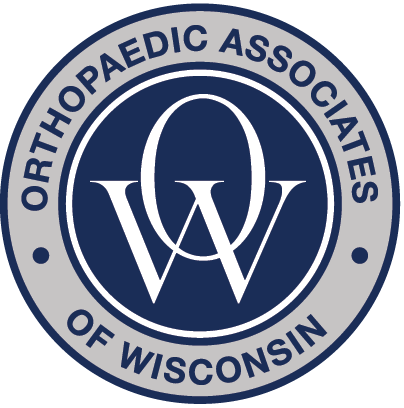Hip Cartilage Procedures
Advanced Treatments to Restore Hip Function and Relieve Pain
What Is Hip Cartilage?
Cartilage is the smooth, rubbery tissue that covers the ends of bones in your joints. In the hip, this cartilage allows the femoral head (thighbone) to glide smoothly within the acetabulum (hip socket). When this tissue becomes damaged through injury, overuse, or wear and tear, it can lead to pain and joint dysfunction.
Causes of Hip Cartilage Damage
Hip cartilage injuries can result from:
Femoroacetabular impingement (FAI)
Hip dysplasia
Repetitive stress or overuse
Osteochondritis dissecans
Natural aging and degeneration
Common Hip Cartilage Procedures
Depending on the extent of the damage, several procedures may be used to restore or regenerate cartilage:
1. Debridement and Chondroplasty
What it is: Remove loose or frayed cartilage to smooth the joint surface.
Ideal for: Small areas of damage; often performed during hip arthroscopy.
2. Microfracture
What it is: Small holes are made in the bone beneath the cartilage defect to stimulate the growth of new cartilage.
Ideal for: Younger patients with isolated defects.
3. Autologous Chondrocyte Implantation (ACI)
What it is: A two-stage procedure where cartilage cells are harvested, grown in a lab, and re-implanted into the damaged area.
Ideal for: Larger defects in active individuals.
4. Osteochondral Autograft/Allograft Transplantation (OATS)
What it is: Healthy cartilage and underlying bone are transplanted to the damaged area from your joint (autograft) or a donor (allograft).
Ideal for: Larger lesions or previous failed treatments.
5. Biologic Therapies (PRP or Stem Cells)
What it is: Injection of regenerative cells to reduce inflammation and promote healing.
Ideal for: Mild to moderate cartilage damage; often used alongside other procedures.
Signs You May Need Cartilage Treatment
You may be a candidate for a hip cartilage procedure if you experience:
Hip pain during activity or rest
Clicking, catching, or grinding in the joint
Decreased range of motion
Stiffness in the hip
Previous injury with lingering symptoms
What to Expect: Surgery & Recovery
Most hip cartilage procedures are performed arthroscopically or through minimally invasive techniques. Recovery varies based on the procedure:
Weight-bearing restrictions may last from a few days to several weeks
Physical therapy is essential to restore strength and mobility
Return to sports may take 3–6 months, depending on the procedure and healing progress
Our team provides a customized recovery plan to support optimal healing and function.
Benefits of Hip Cartilage Restoration
Preserves your natural joints
Reduces pain and inflammation
Improves mobility and function
Delays or prevents total hip replacement
Supports an active lifestyle
Is Cartilage Repair Right for You?
Orthoapaedic Associates of Wisconsin’s orthopedic surgeons specialize in hip preservation and cartilage restoration techniques. Early evaluation and intervention are key to preventing further damage and preserving joint health.
OUR HIP SPECIALISTS
Ljiljana Bogunovic, MD
Specialties:
Hip, Knee, Shoulder, Sports Medicine
William A. Davies, MD
Specialties:
Hip, Knee, Shoulder, Sports Medicine, Joint Replacement
Jon M. Englund, MD
Specialties:
Sports Medicine, Knee, Hip, Shoulder, Spine, Foot & Ankle, Elbow, Hand & Wrist
Steven J. Merkow, MD
Specialties:
Hip, Knee, Shoulder & Sports Medicine
Ready to Take the Next Step Toward Relief?
If you’re experiencing hip pain, discomfort, or limited mobility, our orthopedic specialists are here to help. With advanced diagnostic tools and personalized treatment plans, we’re committed to getting you back on your feet. Request an appointment today and take the first step toward feeling better.








